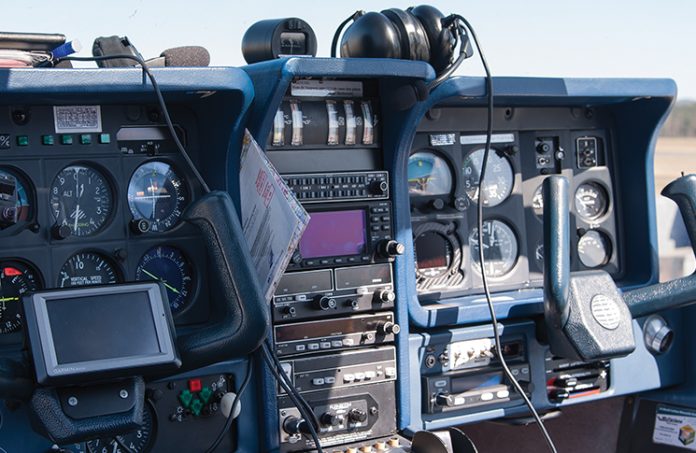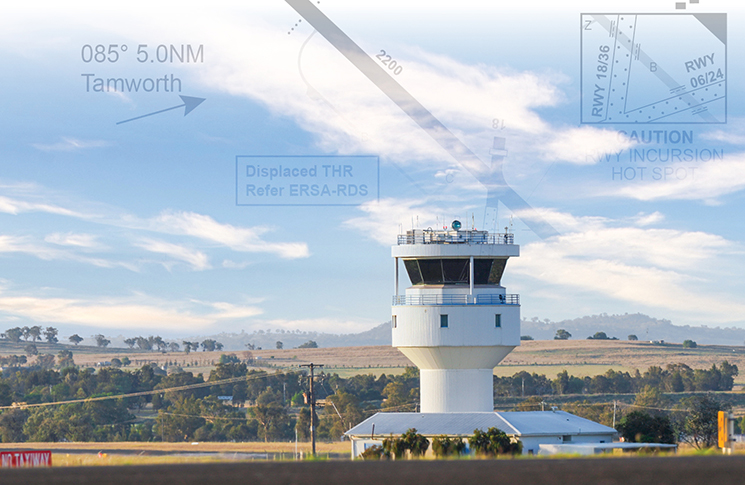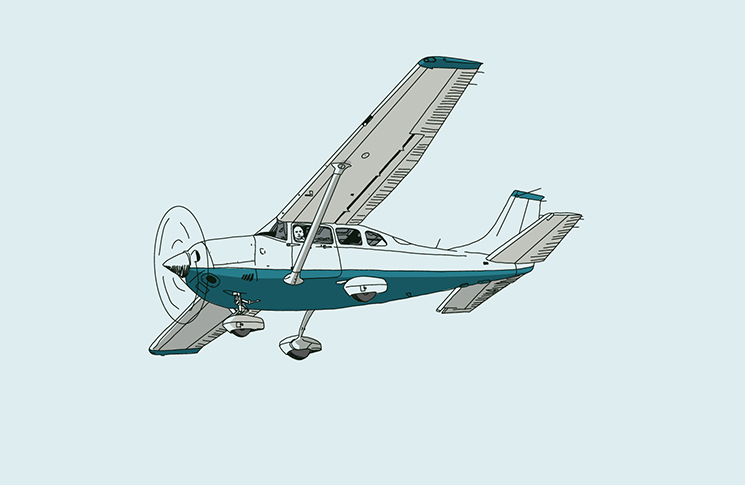- Overhead Bundaberg (YBUD), climbing into Class E airspace, what frequency should be contacted for clearance?
- BN CEN 124.1
- BN CEN 121.2
- Bundaberg 124.1
- BN CEN 135.2
- The asterisk (*) at Gladstone next to the VOR denotes:
- the navaid is pilot monitored
- an NDB is co-located with the VOR and the frequency is not shown
- an ILS and DME are at Gladstone
- the navaid is subject to operating limitations
- 185 knots
- 240 knots
- What is an IFR pick-up?
- upgrading the flight from VFR to IFR due to weather
- a flight operating under the IFR in Class G airspace changes to VFR when entering Class E airspace while awaiting an airways clearance
- a flight operating under the VFR in Class G airspace changes to IFR when entering Class E airspace
- a clearance relayed through another aircraft when contact cannot be made with ATC due to VHF limitations
- Airway W636 for navigation between YBUD and YGLA is available for:
- tracking to the north only
- tracking to the south only
- tracking in both directions at all levels
- tracking in both directions OCTA only
- Overhead Gladstone (YGLA) at 8,000 feet, what class of airspace are you in?
- Class C
- Class D
- Class E
- Class G
- The brown shaded background in the airspace around Bundaberg represents:
- CLASS G airspace
- CLASS E airspace with a lower limit above 10 000 feet AMSL
- CLASS E airspace with a lower limit below FL125
- Military CTA that overlays CLASS G airspace
- In airspace where ATC approval is not required to change level, ATC reporting requirements for an IFR flight when making a level change, are:
- no reports required
- present position must be reported approximately one minute prior to making the change
- present position and intention must be reported approximately one minute prior to making any change
- present position and intention must be reported within 2 minutes of making any change
- Airways designated on the chart with an identifier V or W are:
- available for use in non-controlled airspace only
- available for use in controlled airspace only
- area navigation routes
- not area navigation routes
- Airway Z84 to Bundaberg is:
- an area navigation route
- not an area navigation route
- available in Class E airspace only
- available for operations OCTA only
- Area navigation allows operations on:
- any aircraft flight path within the coverage of ground-based navigation aids only
- any aircraft flight path within the coverage of ground-based navigation aids, space-based navigation aids or self-contained navigation aids, or any combination of them
- any aircraft flight path flown within controlled airspace only
- an aircraft flight path for published terminal arrival (STAR) and departure (SID) procedures only
- The LSALT specified for a route segment is only valid for which operations?
- RNP2
- RNP10
- for operations within the rated coverage of the navaids being used
- area navigation operations
- To operate to RNP2 standards, a Part 91 IFR operation must comply with which of the following?
- a specific operator approval is required
- if approved to do so in the aircraft flight manual
- if the PIC is authorised to conduct RNP AR operations
- RNP2 operations are only permitted for Part 135 and 121 operators
- To use an electronic flight bag (EFB) for enroute charts, what limitations apply?
- only for use during enroute operations, and not available for instrument approaches
- allowed only for VFR operations unless the PIC is endorsed to use EFB information
- paper charts are required in controlled airspace unless a backup device is carried
- provided the information comes from an approved data provider
- Current approved data providers for EFB information include:
- Jeppesen, Avsoft, Garmin, Ozrunways and Foreflight
- Airservices Australia only
- any EFB data can be used and, if it has a moving map and valid GPS, it can be used for navigational purposes
- FAA-provided information is the only data approved for EFB use in Australia
- One limitation of ERC Low charts is?
- they are only valid up to 8,500 feet
- they are only valid up to FL110
- they are designed primarily for aircraft operating transcontinental and intercity capital routes.
- aeronautical information within terminal areas may not be complete and pilots should use a TAC or VTC
To view the answers, go to the next page using the page navigation buttons below.






I’ll just reach into my flight bag of IFR and VFR charts covering all of Australia to come up with these answers to questions like:
Overhead Bundaberg (YBUD), climbing into Class E airspace, what frequency should be contacted for clearance?
BN CEN 124.1
BN CEN 121.2
Bundaberg 124.1
BN CEN 135.2
Airway W636 for navigation between YBUD and YGLA is available for:
tracking to the north only
tracking to the south only
tracking in both directions at all levels
tracking in both directions OCTA only
Airway Z84 to Bundaberg is:
an area navigation route
not an area navigation route
available in Class E airspace only
available for operations OCTA only
At least provide the reference materials (IFR charts) so we readers can look at them. I do not maintain a worldwide coverage nor even an Australia-wide coverage, just what I need and can afford to maintain current.
Think like a Pilot.
Good reminder of the complexity of the airspace we operate in and the variety of documents we need to access to obtain complete information.